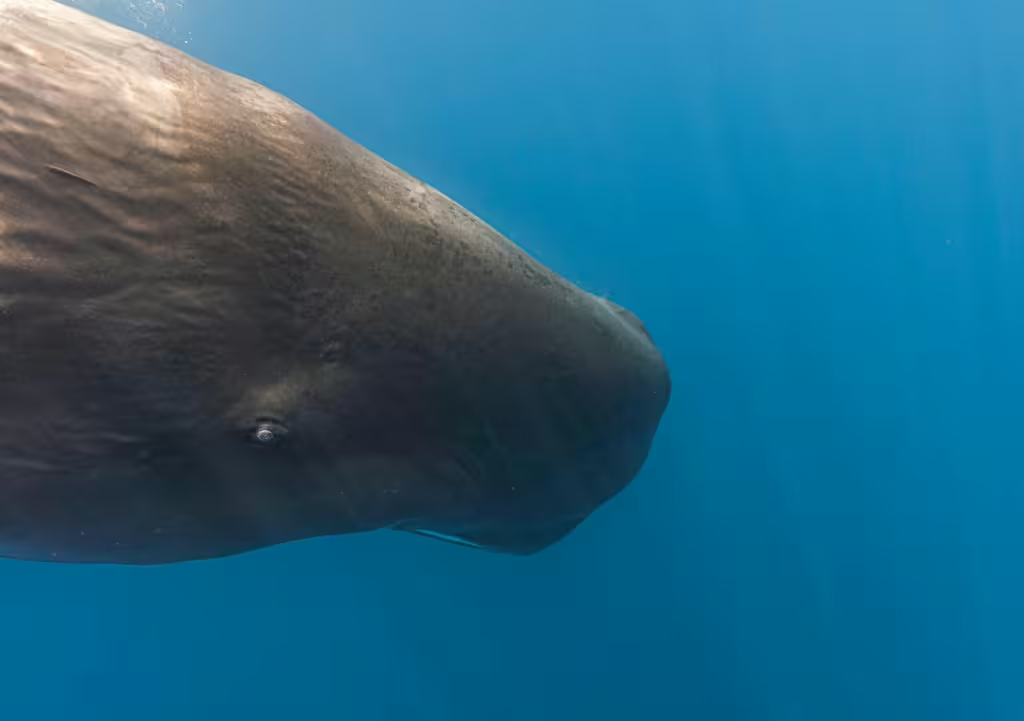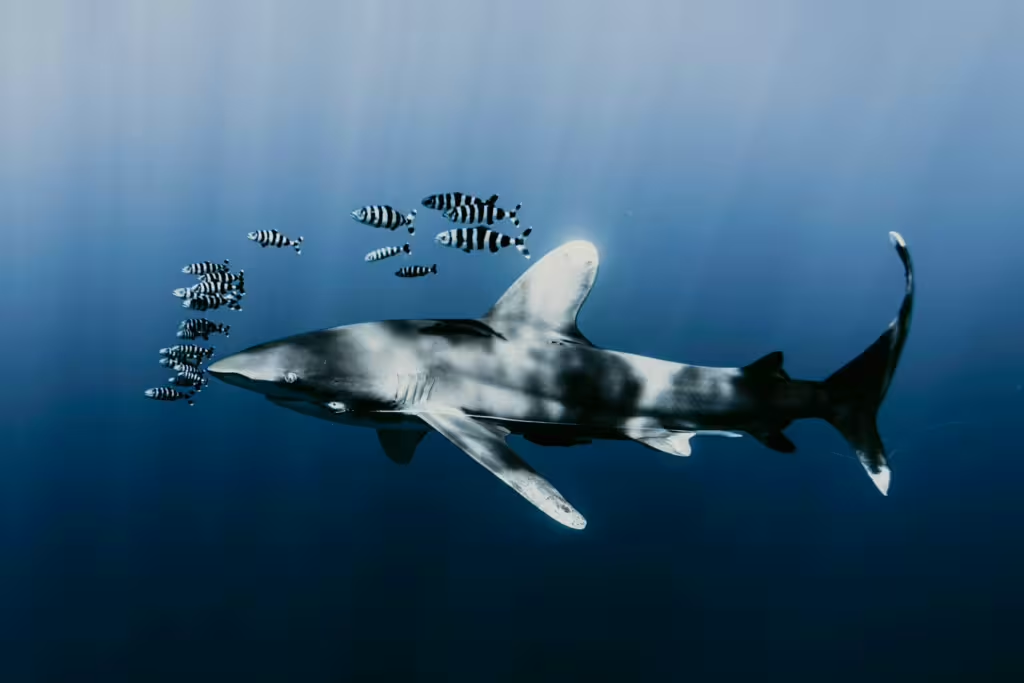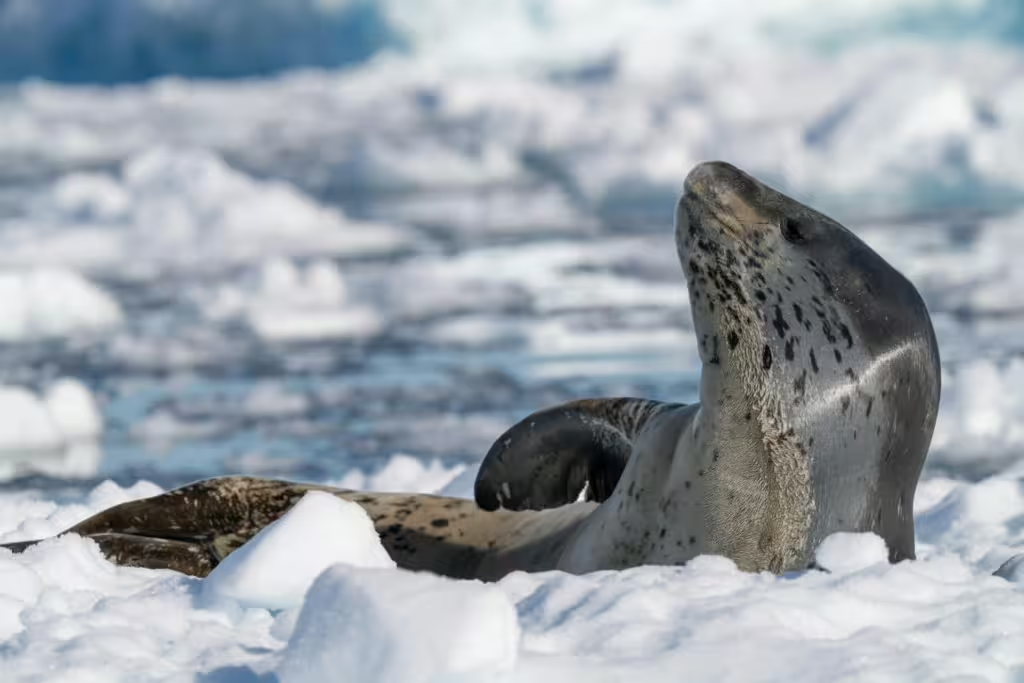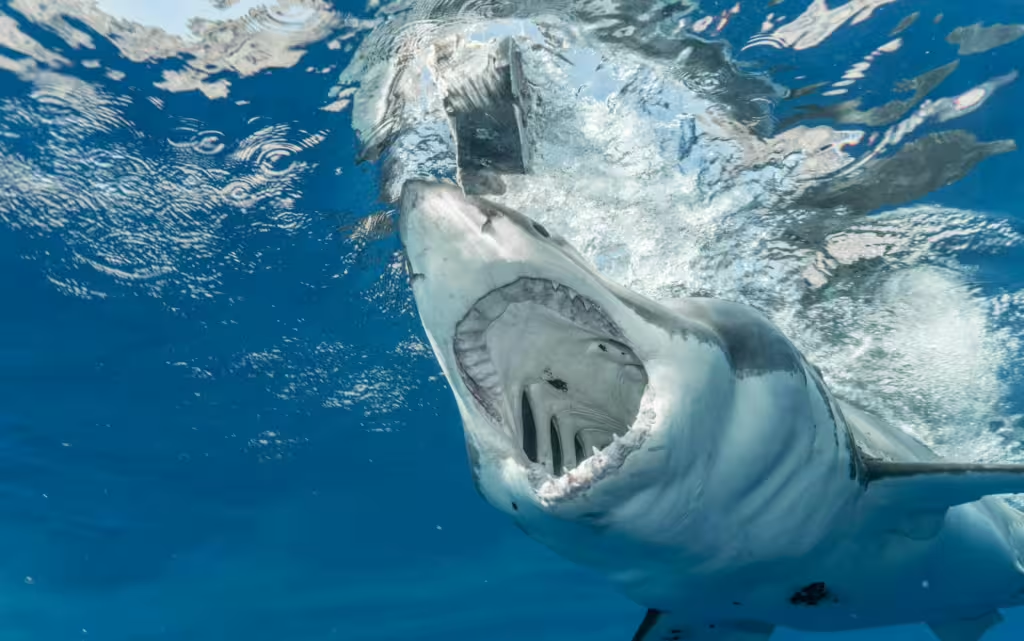Long ago, humanity feared the world around us. We feared the dark forests and the weather, we feared the monstrous beasts that hunted us, and the endless mystery of the vast ocean. Even today, after centuries of marine scientific exploration, the ocean remains one of Earth’s most enduring mysteries. Modern scientists consider it to be the final frontier—a vast, alien world in our own backyard, one that is filled with creatures both bizarre and majestic.
Among its millions of species, the ocean houses some of the most fearsome predators on the planet. The oceanic carnivores we aim to discuss in the following article represent the peak of evolutionary adaptation when it comes to predation. Some of these animals use sonar to hunt in complete darkness; others rely on bursts of speed, coordinated attacks, or ambush tactics. No matter how evolution has gifted these sea monsters, the fact remains that they are, each of them, formidable. Moreover, these animals serve critical ecological functions, helping to balance food chains and keep ocean ecosystems healthy.
In this article, we will dive deep into the world of the largest and most formidable predators living in our planet’s oceans. And while many humongous hunters have come before, we are here to discuss the most fearsome of the remaining sea monsters — from iconic sharks to surprising benthic giants that make the ocean a lingering source of our communal human sense of fear.
Orca (Killer Whale) – Orcinus orca
Many Millennial readers will be familiar with the sad, triumphant story of Free Willy, a fictional “killer whale” that escaped captivity and befriended a human child. The thing is, what most people don’t realize is that orcas are not whales, but dolphins. They are in fact the largest of the dolphin family. Don’t let their name fool you, though; these highly intelligent marine mammals are apex predators of the highest order. They hunt in groups and frequently take down seals, sharks, and even large whales on a regular basis.
Orcas are intelligent, social creatures. They hunt in pods using sophisticated strategies such as coordinated waves to knock seals off ice floes. Some pods have been known to herd fish into tight balls for easy feeding in one big gulp. Like most whales, orcas communicate with complex vocalizations and parents will teach hunting tactics to their young, thus perpetuating their legacy.
Orcas are primary predators in their ecosystems. Like elephants and ants, they are keystone species, necessary for the continued survival of all animals within their influence. This is because, like most apex predators, orcas regulate populations of seals, fish, and even other cetaceans like themselves, maintaining the natural balance of their marine habitats.
Great White Shark – Carcharodon carcharias
Made famous by the classic ocean horror movie Jaws, the Great White Shark is arguably the most famous marine predator in the world. This massive oceanic hunter is a mix of some of the most effective predatory adaptations ever imaged by biology. It combines powerful muscles, sense of smell, and hunting prowess, with a fearsome, destructive bite. Solitary hunters, the great white shark preys on seals, sea lions, fish, and other sharks, and even dolphins. That said, they are not above biting at the occasional human if it looks like one of those in the right light.
Another tool that great white sharks have in their hunting toolkit is a unique style known as “breaching.” The name fits the description as the process is fairly straightforward. The shark rockets upward from below the prey at high speed in order to surprise any prey lurking at the surface. This is why they often attack surfers and swimmers, because from below the human might resemble a seal or dolphin. In addition, the great white’s sense of smell is legendary. These fish can detect a single drop of blood even if that blood is contained in millions of gallons of water. As apex predators, this species helps control populations of marine mammals and large fish, which then helps to support the biodiversity within coastal food webs.

Sperm Whale – Physeter macrocephalus
The author, Herman Melville once wrote about the majesty and terror of the sperm whale. In his famous novel, Moby Dick, the character of Captain Ahab becomes obsessed with the whale that took his leg. In those bygone days, whalers who hunted these animals for oil were right to be afraid of their ferocity, and many likely lost a limb or more in a fight with an ornery whale. Yet, despite being the largest toothed predator on Earth, sperm whales are not really dangerous to humans; as long as we keep our distance, anyway.
Instead, these whales feed on another deep-sea marine predator; the giant squid. They also eat octopuses and other fish, if a giant squid is not available. Possessed of the largest brain in the animal kingdom, sperm whales use echolocation to track their prey; a useful adaptation when one hunts in total darkness. Despite the fact that they breathe oxygen, sperm whales spend much of their time deep in the ocean, influencing deep-sea food chains and nutrient cycling with their hunting patterns. Their vertical migrations to and from different ocean zones, helps mix ocean layers, supporting plankton growth near the surface.
Giant Squid – Architeuthis dux
Speaking of giant squid, we would be remiss to not include these mysterious cephalopods in our discussion of aquatic predators. These massive, kraken-like creatures are shrouded in mystery and so rare that there are very few accounts of them being observed alive. Like most invertebrates of their kind, giant squid are elusive ambush predators that use long tentacles and keen eyesight to find and catch fish and smaller squid. They also use their impressive speed, strength, and intellect to avoid sperm whales when they encounter them.
The powerful beak of a giant squid can tear through flesh and bone with equal aplomb, and their role as both predator and prey make them integral to the deep-sea food web; though there is still a great deal that we don’t know about their behavior, breeding patterns, and role in the grand scheme of the oceanic ecosystem.

Shortfin Mako Shark – Isurus oxyrinchus
It makes perfect sense that we would put not one, but two sharks on this list. After all, sharks are the most famous of oceanic predators and for good reason. The great white might be the biggest and most famous, but the shortfin mako holds the title of the fastest shark in the ocean for many millennia now. Sharks can trace their lineage back to before the time of the dinosaurs and the mako’s ancient relatives were zooming around. the primordial oceans as speeds of 45 miles per and likely even faster, since that time. These sharks are built for speed, with a torpedo-shaped body and a powerful tail. These evolutionary adaptations enable the shark to chase down fast-swimming prey like tuna and swordfish.
Sharks don’t ever stop swimming and the mako takes this ever-moving nature to the next level. These sharks are a highly migratory species and cover thousands of miles of ocean on a yearly basis. Despite their prowess and their stunning speed, shortfin makos are particularly vulnerable to overfishing. This is due, not only to humanity’s greed, but the shark’s long gestation periods and low reproductive rates.

Leopard Seal – Hydrurga leptonyx
In the frigid waters of the Southern Ocean, the leopard seal is king. These massive pinnipeds have powerful jaws and sharp canine teeth, and a spotted, highly-recognizable coat. The leopard seal may be more ungainly on land than their feline namesake, but they are just as stealthy as a jungle cat in the water, often using ambush tactics to hunt for penguins, fish, squid, and even smaller species of seal.
Unlike many seals, leopard seals do not live in large groups. In fact, they live and hunt alone, coming together only to mate and raise pups. They are strong swimmers, stronger than one might suspect, and are are capable of leaping from the water to snatch birds from ice floes or rocky shores. In their role as apex predator, leopard seals regulate penguin and fish populations, maintaining the ecological balance in the fragile ecosystems of the Southern Oceans.
True Investigator Says…
As you can see, there are many amazing aquatic hunters living out there in the vast ocean. In most cases, given the size and ferocity. of these animals, it’s easy to see why humanity was so terrified of them, why so many legends rose up surrounding the “sea monsters”. of the world. Our primal fears notwithstanding, the fact remains that the largest predators in the ocean are not monsters, but massive guardians of ocean ecosystems. The survival of these animals not only ensures the continued survival of countless marine plants and animals, but our own continued survival; especially if you happen to live and eat near a coast! In the end, though we may fear the titans of the deep, we need to continue to protect and respect them, so that life, as we know it, may continue.
Discover more from TrueInvestigator
Subscribe to get the latest posts sent to your email.


